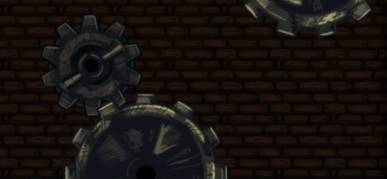The last few weeks have been surreal for me. EMO ALERT: This is one of the most personal posts I’ve written here, not to mention rather disorganized and stream-of-consciousness, but it’s a story worth telling. I hope you find it interesting. Not many people get to experience what I have over the past few months, so I’d like to describe what the ride has been like.
Let’s start with a quick overview of my PAX experience:
- Selected for PAX10 along with 9 other talented, friendly dev teams
- Escape Goat 1 Greenlit
- Valve directly offered to distribute Escape Goat 2
- Demoed the game to estimated 500 PAX attendees (and thousands more watched)
- Sold over 100 preorders on the show floor
- Made some invaluable media contacts
